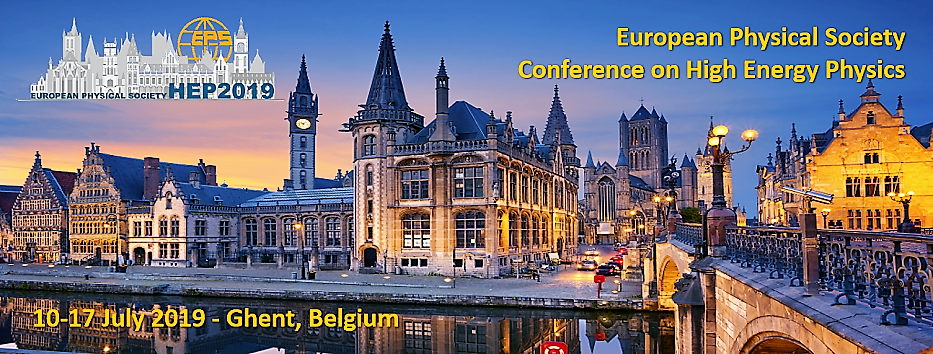Speaker
Description
We study the structure of compact objects that contain non-self annihilating, self-interacting dark matter admixed with ordinary matter made of neutron star and white dwarf materials.
We find that the total mass of the compact objects increases with decreasing dark matter particle mass. In the strong interacting case and for dark matter particle masses in the range 1-10 GeV, the total mass of the compact objects largely exceeds the 2Msun constraint for neutron star masses and the nominal 1Msun for white dwarfs, while for larger dark matter particle masses or in the weakly interacting case the compact objects show masses in agreement or smaller than these constraints,thus hinting at the exclusion of strongly self-interacting dark matter of masses 1-10 GeV in the interior of these compact objects.
Moreover, we observe that the smaller the dark matter particle mass, the larger the quantity of dark matter captured is, putting constraints on the dark matter mass trapped in the compact objects so as to fulfill 2Msun observations. Finally, the inhomogeneity of distribution of dark matter in the Galaxy implies a mass dependence of compact objects from the environment which can be used to put constraints on the characteristics of the Galaxy halo DM profile and on particle mass. In view of the these results, we discuss the formation of the dark compact objects in an homogeneous and non-homogeneous dark matter environment. This in turn, leads us to conclusion that the pulsar masses should decreases going towards the center of the Milky Way due to dark matter capture by those stars. This feature be used as a probe for the existence and nature of dark matter. We thus propose that the evolution of the pulsar mass in a dark matter rich environment can be used to put constraints, when combined with future experiments, on the characteristics of our Galaxy halo dark matter profile, on the dark matter particle mass and on the dark matter self-interaction strength.




